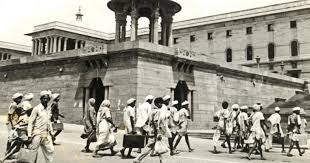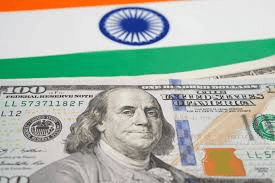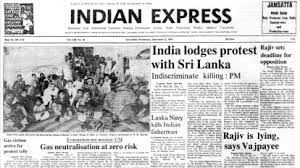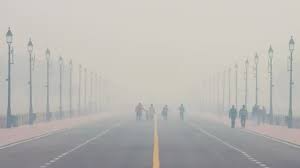
Delhi Identity Shift Sparks Heritage Debate
Delhi Identity Shift Sparks Heritage Debate and Urban Transformation
Delhi, India’s capital and a city steeped in thousands of years of history, is undergoing a profound identity shift. As rapid modernization, infrastructure development, and global aspirations reshape the city, debates have erupted over how much of its cultural soul is being preserved—or lost.

The identity shift in Delhi is not merely about physical infrastructure. It is about how citizens, policymakers, and historians view the city’s past, present, and future. While the government envisions Delhi as a global hub of commerce and governance, many worry that in the rush to modernize, the unique heritage that defines the city may be overshadowed.
Historical Context: Delhi’s Many Layers of Identity
Few cities in the world can rival Delhi’s layered history. Over centuries, it has been:
- The seat of ancient empires like the Mauryas and Guptas.
- The capital of the Delhi Sultanate and later the Mughal Empire.
- The nerve center of British colonial rule.
- And today, the political capital of independent India.
Each era has left behind monuments, traditions, and cultures that coexist in the city’s bustling neighborhoods. From Qutub Minar and Humayun’s Tomb to Lutyens’ Delhi and the new Central Vista, Delhi embodies multiple identities simultaneously.
Forces Driving the Identity Shift
1. Urban Development
Projects like the Central Vista redevelopment and the expansion of the Delhi Metro symbolize a modern, future-ready city but also raise concerns about the erasure of historic landmarks.
2. Population Growth and Migration
Delhi is home to millions of migrants from across India, bringing new languages, cuisines, and lifestyles, altering the city’s social fabric.
3. Global Aspirations
Delhi is branding itself as a global capital with world-class infrastructure, events, and international businesses, further reshaping its character.
4. Heritage Neglect
Pollution, encroachment, and poor upkeep of historic sites threaten Delhi’s architectural identity.
Public Debate: Pride vs. Preservation
The identity shift has triggered a clash of narratives.
- Supporters of Modernization argue that Delhi must evolve to meet 21st-century needs, pointing to improved metro connectivity, expressways, and new housing for lawmakers as signs of progress.
- Heritage Advocates stress that Delhi’s soul lies in its monuments, bazaars, and old neighborhoods. They argue that unchecked modernization risks turning the city into just another concrete hub, stripping away its cultural uniqueness.
Economic and Social Impact
The transformation is not just cultural—it is also economic:
- Tourism: Delhi’s heritage is a major draw for both domestic and foreign tourists. Any identity shift affects tourism revenue.
- Real Estate: New projects push property values up, displacing older communities.
- Social Integration: Migrants adapt but also reshape local traditions, creating a hybrid culture unique to Delhi.
Examples of Visible Shifts
- Connaught Place: Once colonial in character, now a hub of global retail chains.
- Old Delhi: Still rich with Mughal-era identity but struggling with overcrowding and neglect.
- New Parliament Building: A symbol of India’s forward-looking governance, but one that shifts Delhi’s political identity away from colonial architecture.
Expert Opinions
Urban Historian, Dr. Meera Krishnan:
“Delhi has always been an evolving city. The challenge is not whether it changes, but whether it changes without erasing what makes it unique.”
Architect and Planner, Rajeev Malhotra:
“The Central Vista and similar projects must balance efficiency with heritage. A city without memory loses its identity.”
The Way Forward: Balancing Tradition and Modernity
For Delhi to navigate its identity shift successfully, policymakers and citizens must embrace a balanced approach:
- Heritage Conservation: Prioritize restoration and adaptive reuse of historic sites.
- Inclusive Urban Planning: Ensure modernization projects don’t displace marginalized communities.
- Cultural Education: Promote awareness of Delhi’s layered history among younger generations.
- Sustainable Growth: Integrate green planning with heritage protection.
Conclusion
Delhi’s identity shift is not an anomaly but part of its long history of reinvention. The city has always absorbed new influences, from empires to migrants, from colonizers to global investors. The real question is whether it can embrace modernization without compromising the cultural essence that makes it one of the most historic capitals in the world.
If Delhi succeeds, it will prove that heritage and modernity can coexist, shaping a city that is as much about its glorious past as it is about its ambitious future.




